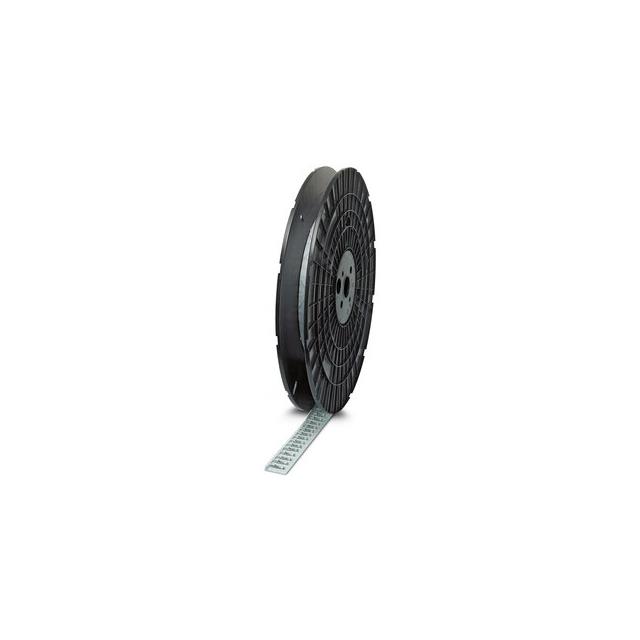SUNCLIX Series, Photovoltaic (Solar Panel) Connector Contacts
Results:
8
Manufacturer
Series
Wire Gauge
Contact Finish
Pin or Socket
Contact Finish Thickness
Contact Termination
Results remaining:8
Applied Filters:
SUNCLIX
About Photovoltaic (Solar Panel) Connector Contacts
Photovoltaic connectors and contacts are essential components used to establish electrical connections between solar panels and the collection and storage circuitry in photovoltaic systems. These connectors come in two primary types: male pin terminals and female socket terminals. Male pin terminals feature a protruding pin that fits into the corresponding socket of the female connector, creating a secure and reliable connection. When selecting photovoltaic contacts, several factors need to be considered. Wire gauge, or the thickness of the wire being used, is an important consideration as it determines the current-carrying capacity of the connector. Different wire gauges have different current ratings, and it is crucial to choose a contact that can handle the expected electrical load. Additionally, manufacturers offer various product series of connectors, each with its own specifications and features. These series may differ in terms of size, shape, and mechanical properties, allowing for compatibility with specific wiring systems and panel designs. The choice of contact finish is another consideration. Contacts can be finished with materials such as gold, silver, or tin. The finish serves multiple purposes, including enhancing conductivity, preventing corrosion, and ensuring long-term durability. The thickness of the finish also plays a role in determining the overall performance and reliability of the connector. It is important to note that housings and accessories for photovoltaic connectors are typically sold separately. Housings provide protection and insulation for the connectors while ensuring proper alignment and stability. Accessories, such as sealing gaskets or locking mechanisms, may also be available to enhance the functionality and reliability of the connector. By carefully considering wire gauge, product series, contact finish, and other relevant factors, it is possible to select the appropriate photovoltaic connectors and contacts that meet the specific requirements of the solar panel installation. These connectors play a vital role in facilitating efficient power transmission and ensuring the overall performance and longevity of the photovoltaic system.




